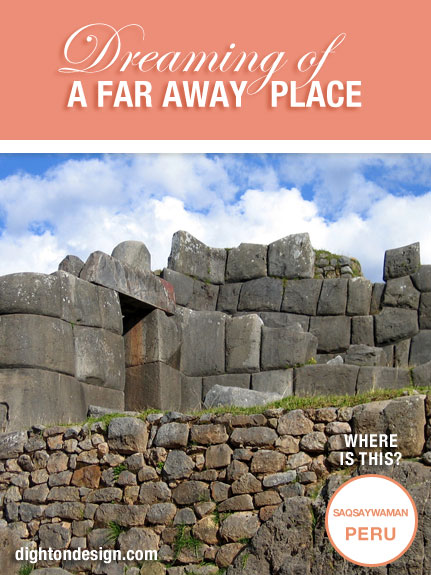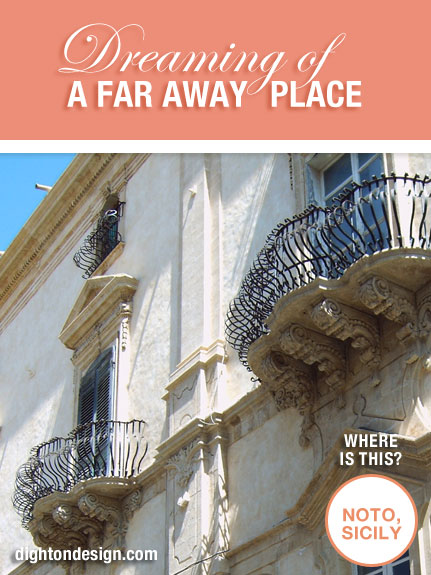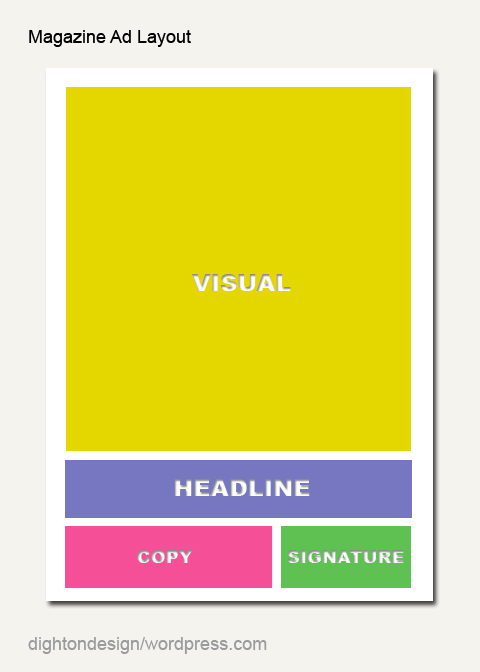Where Is This? Revealed
July 4, 2012 § Leave a comment
Where Is This?
Did you guess? Did you try? Have you been here?
Answer: Inca Ruins in Saqsaywaman, Peru
Photo: Nicolas Raymond, Montreal, Canada- Go here for this picture as a Free Facebook Cover
Dighton Design is your Boston – Providence graphic designer!
Where Is This? Revealed
July 2, 2012 § Leave a comment
Where Is This?
Did you guess? Did you try? Have you been here?
Answer: Noto on Sicily, famous for its baroque balconies.
Photo: Eva Schuster, Dresden, Saxony, Germany – Go here for this picture as a Free Facebook Cover
Dighton Design is your Boston – Providence graphic designer!
Dispersion Effect Using Photoshop
July 1, 2012 § Leave a comment
Want to create a dispersion effect using a photo of you with photoshop?
To create a cool dispersion or fragments effect in photoshop, follow these steps:
- Take a photo of yourself with a white background (it is easier to cut out the photo from a white background)
- Download free brushes from Adobe Exchange: www.adobe.com/cfusion/exchange
- In photoshop, cut out the white background, keep background transparent
- Watch this video: Follow the instructions.
- or Watch this video: Follow the instructions.
- Create a Dispersion Effect with Your Photo
- Show us the results by mailing it to: fran@dightondesign.com
Can’t wait to see what you do!!
Where Is This? Revealed
June 25, 2012 § Leave a comment
Where Is This?
Did you guess? Did you try? Have you been here?
Answer: The small island of Mabul
Photo: Jin Neoh, Penang, Malaysia – Go here for this picture as a Free Facebook Cover
Dighton Design is your Boston – Providence graphic designer!











